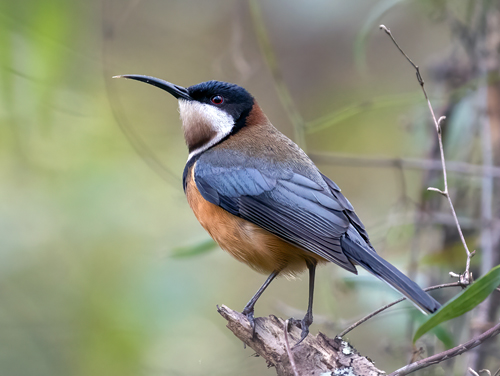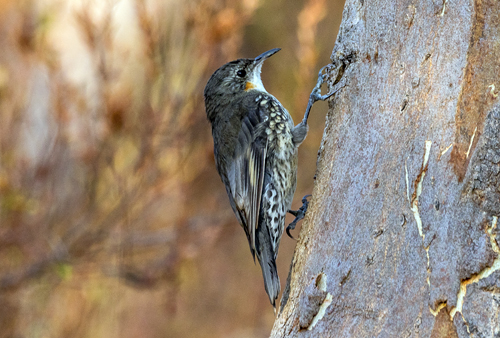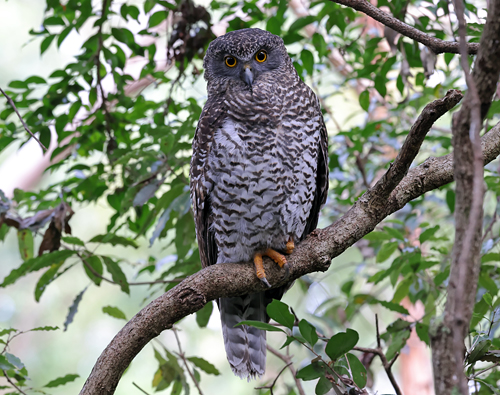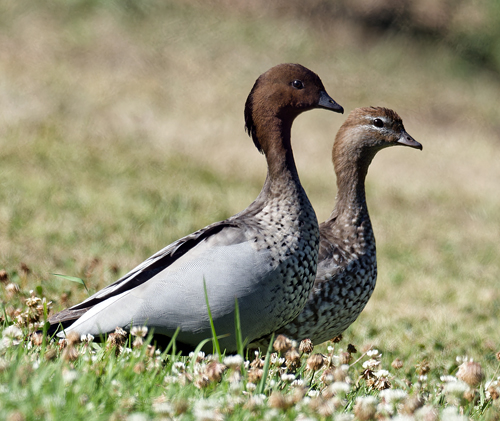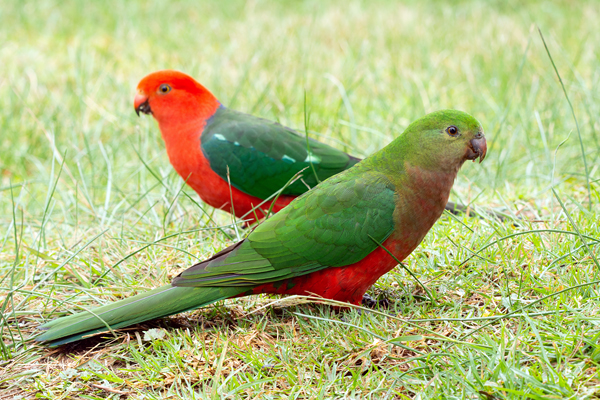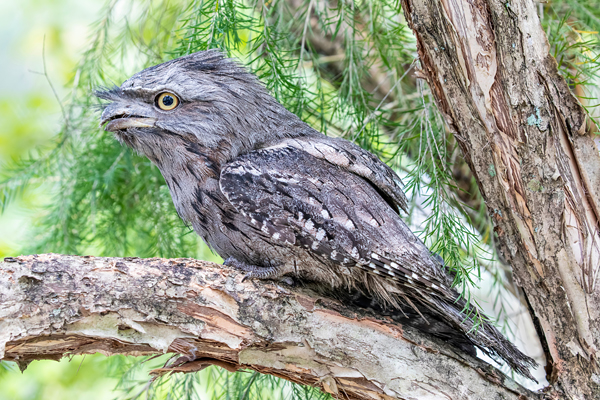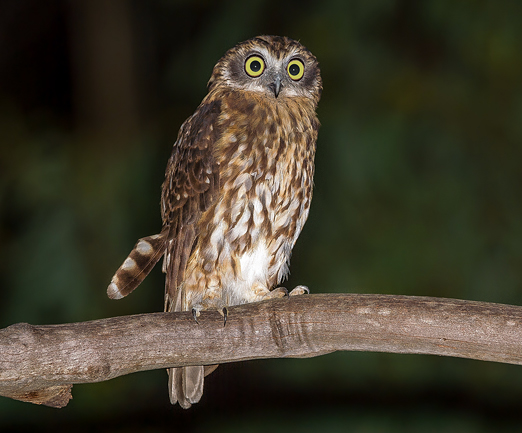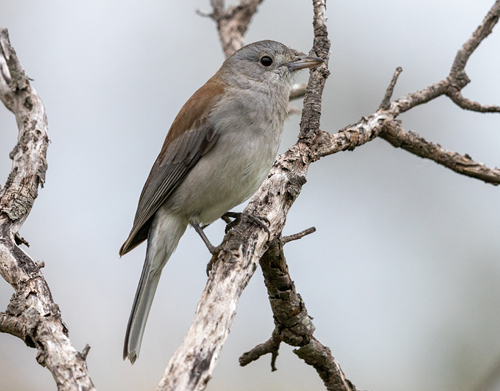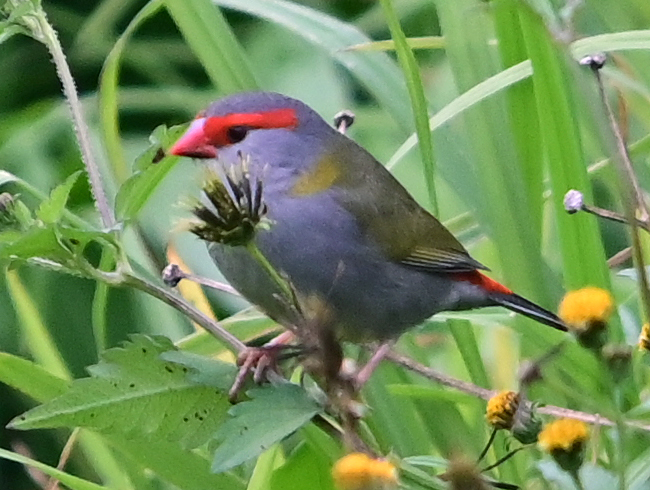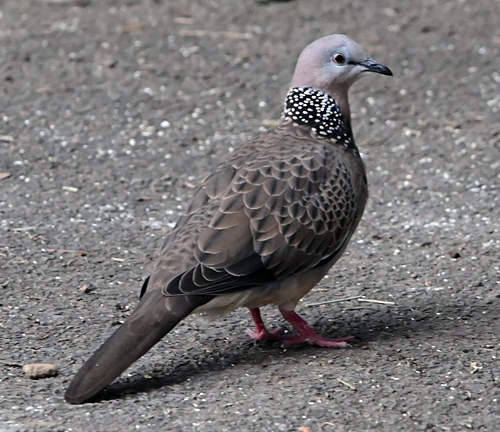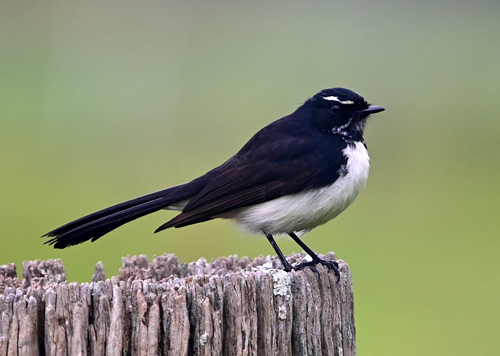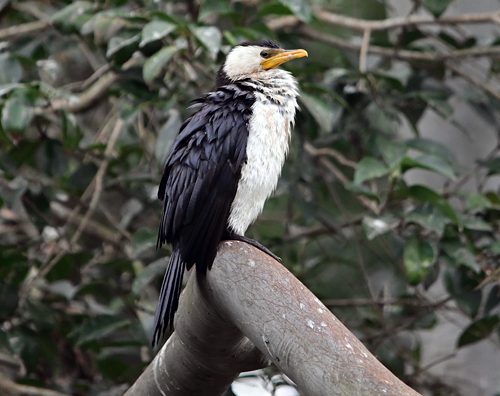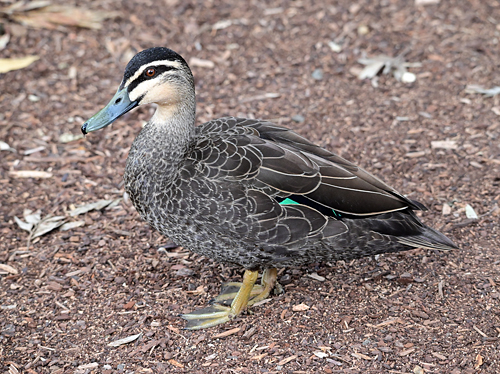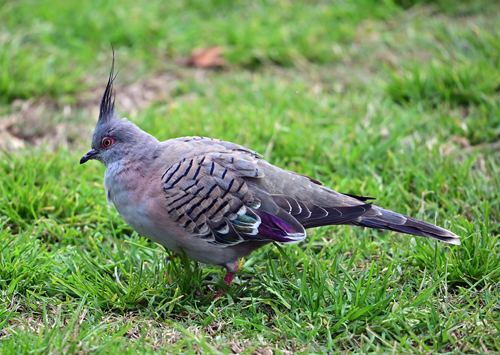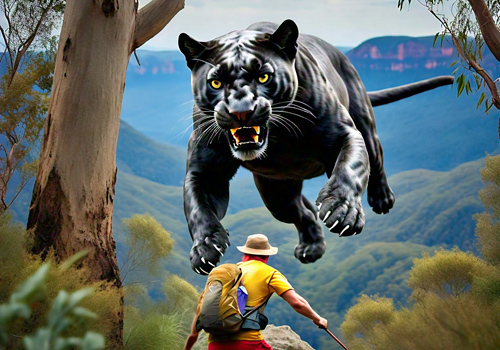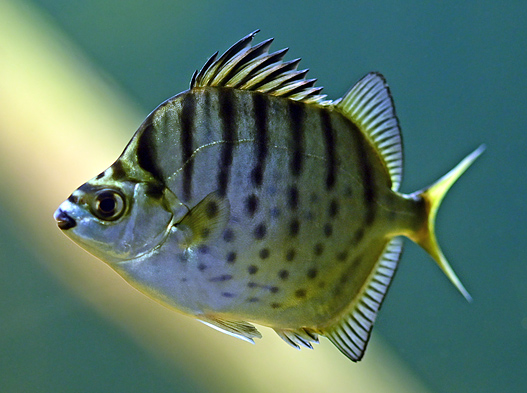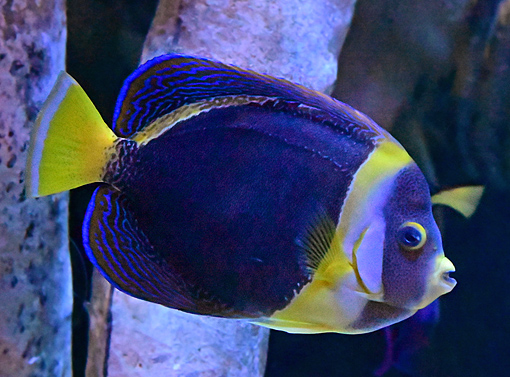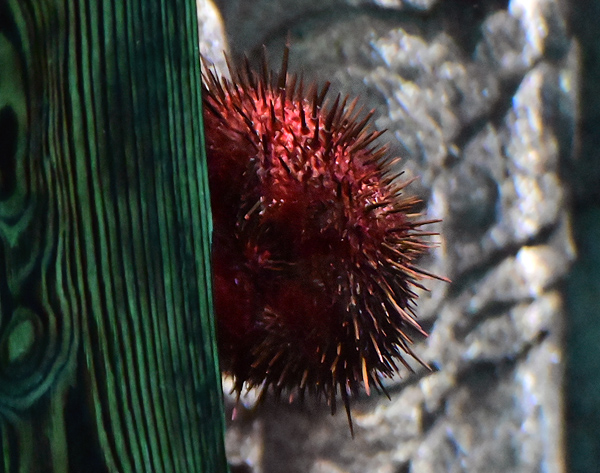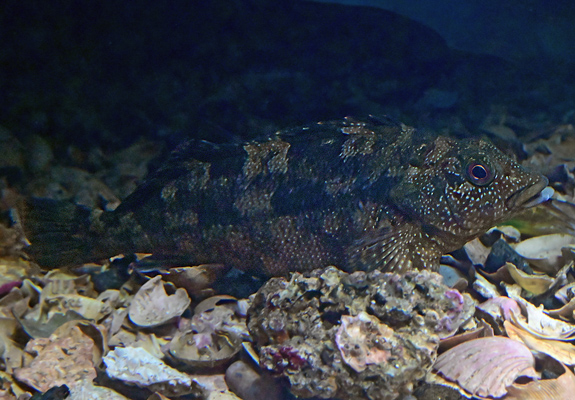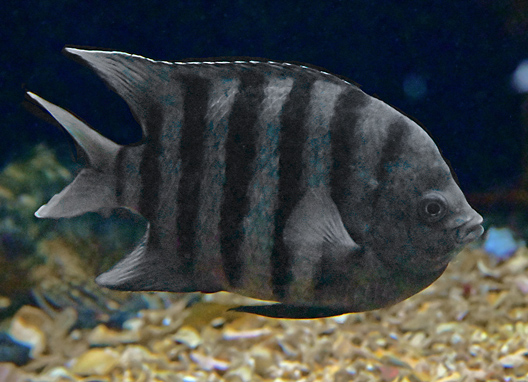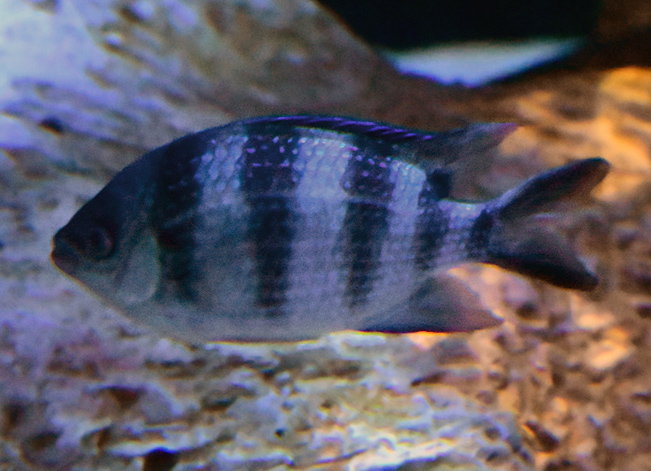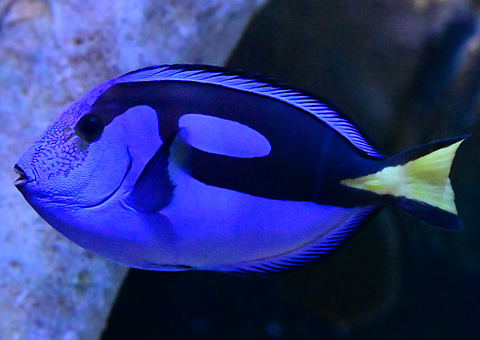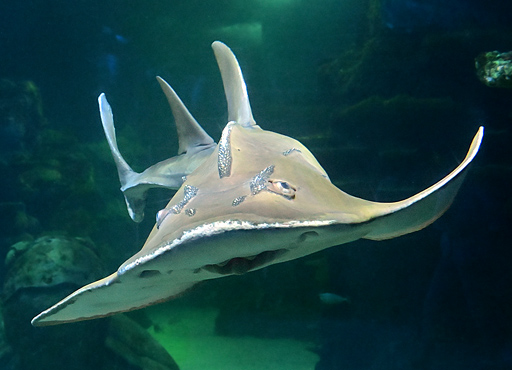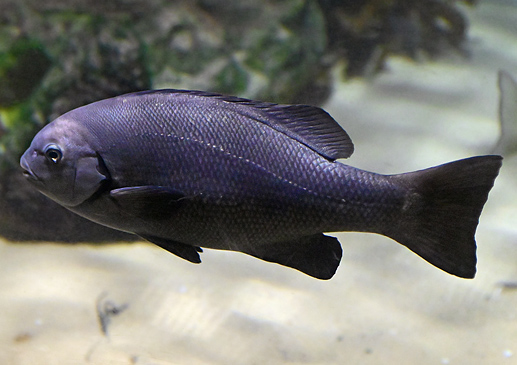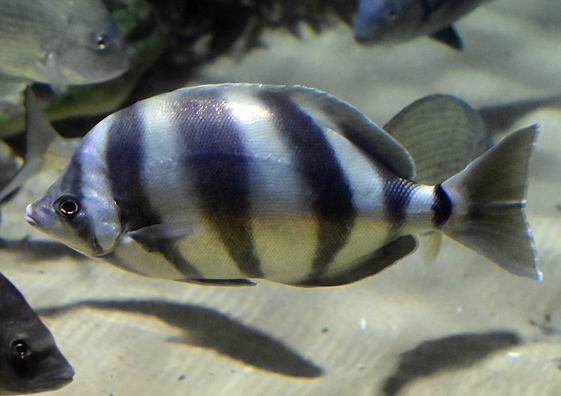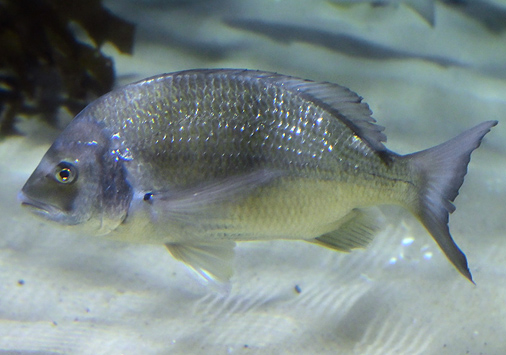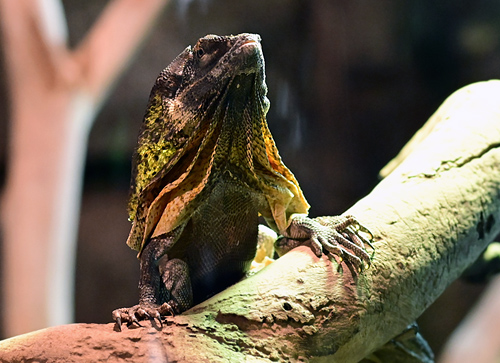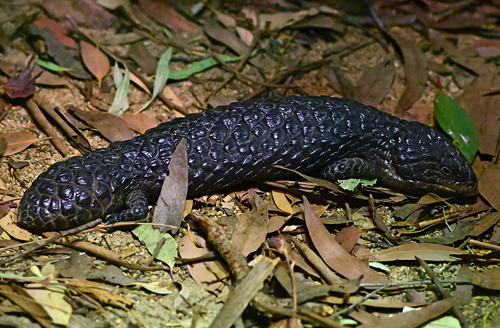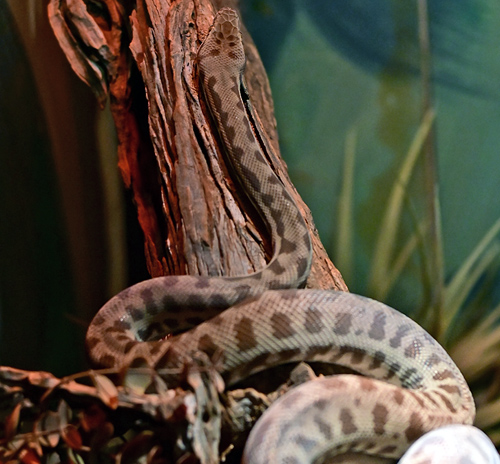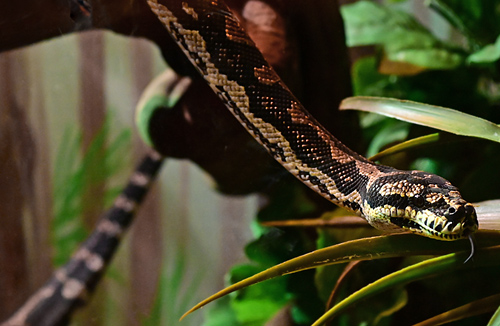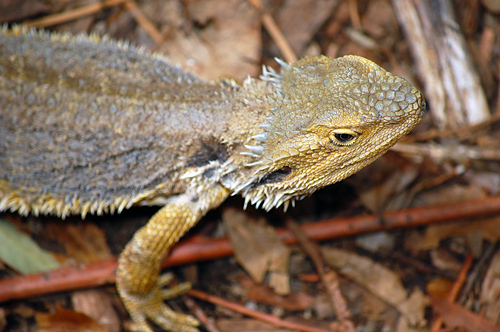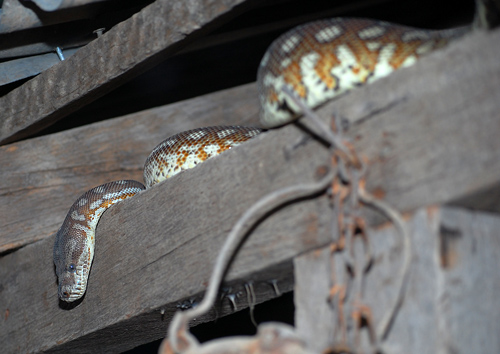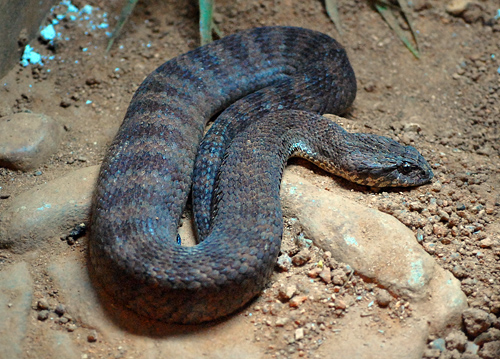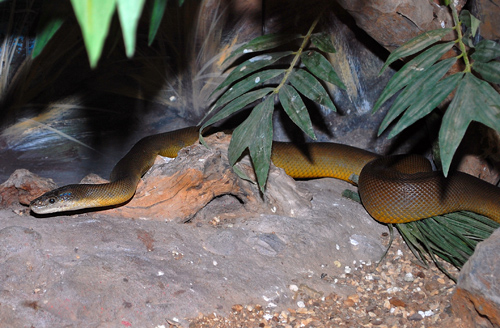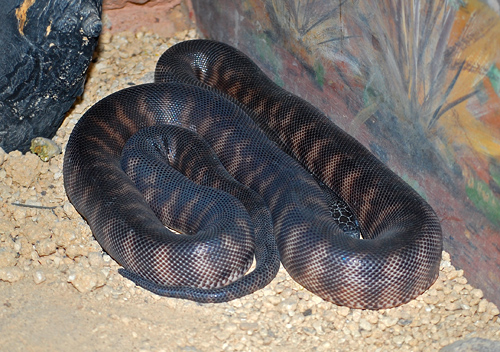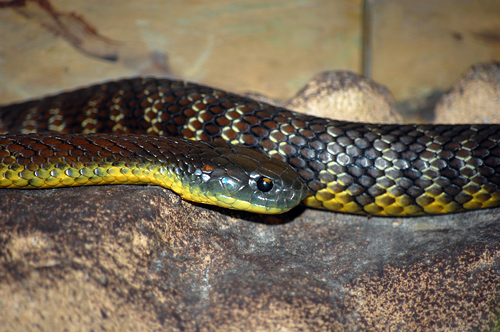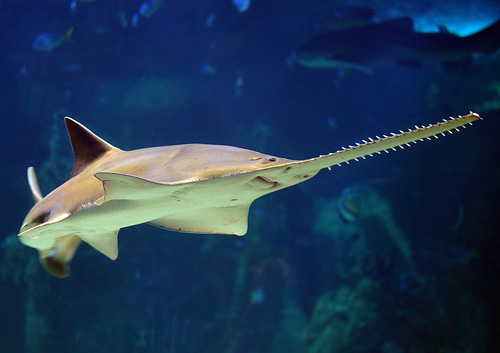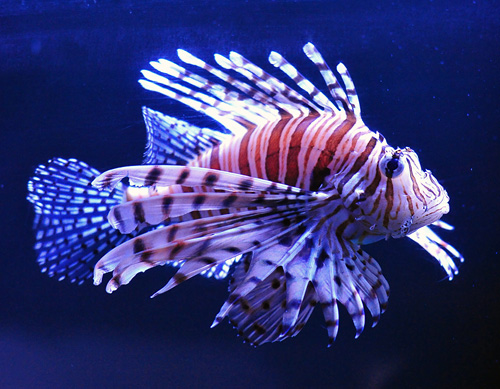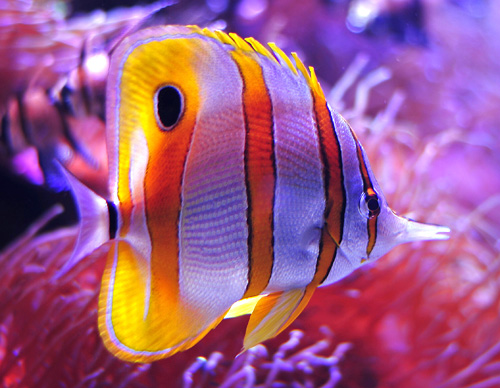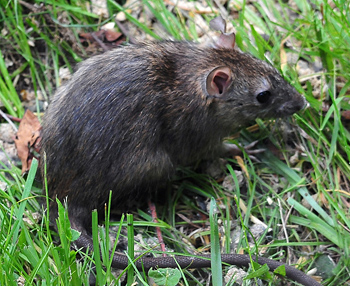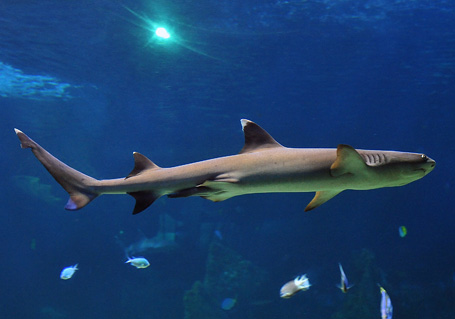Southern Hairy-nosed Wombat
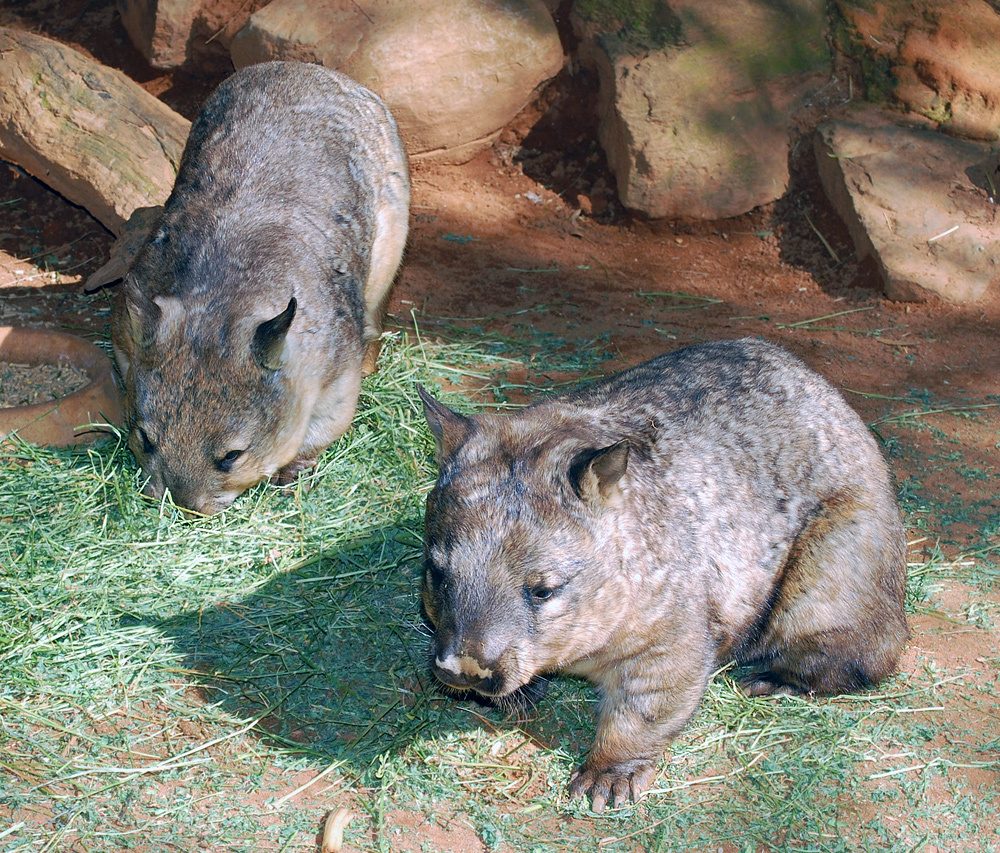
Lasiorhinus latifrons
Size: Head-to-body 77-94 cm. Tail 2.5-6 cm.
Family: Vombatidae (wombats), 3 living species.
Distribution: Southern hairy-nosed wombats range though small patches of Western Australia, southern South Australia, and south-western New South Wales.
Status: Near Threatened.
Habitat: They live in semiarid to arid grasslands and woodlands.
References: Cronin's Key Guide to Mammals, Van Dyck, Gynther and Baker, Menkhorst and Knight, Wikipedia.
About the Southern Hairy-nosed Wombat
Southern hairy-nosed wombats are slightly smaller than common wombats. Their nose is hairy and has a groove which looks different to the rounded nose of the common wombat. Their head is a different shape, looking more stocky and "pig-like", and less cute and cuddly than the common wombat. Their ears are larger and stick up more. They are well adapted to arid environments and can survive for long periods without drinking.

Photo: Featherdale Wildlife Park, Sydney NSW. Higher Resolution 2955 x 1970.
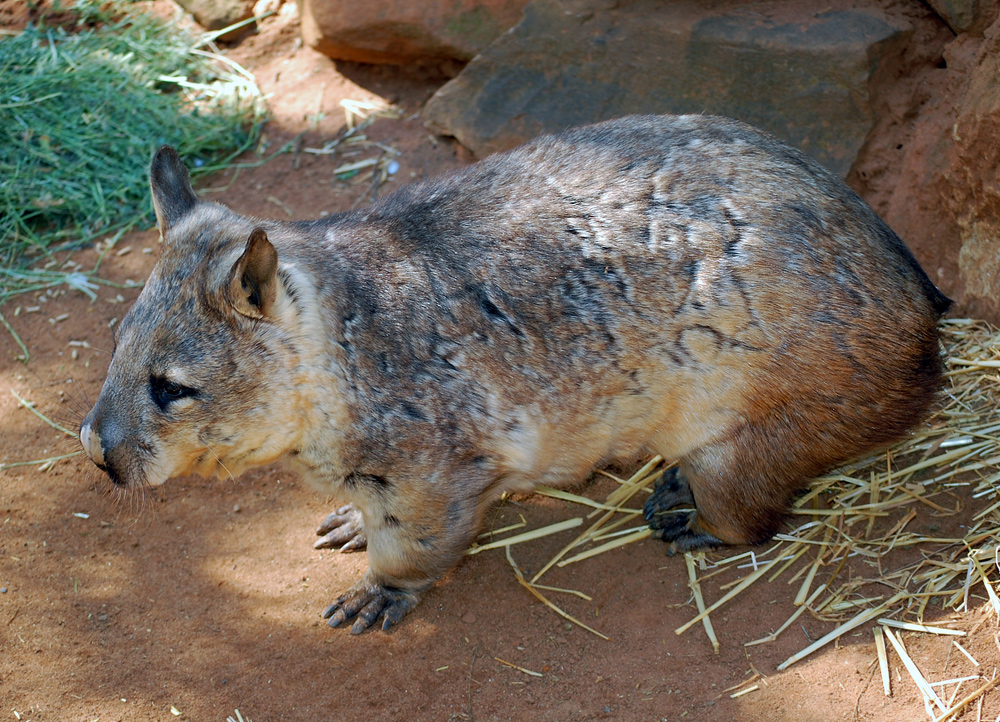
Photo: Featherdale Wildlife Park, Sydney NSW. Higher Resolution 2802 x 2000.
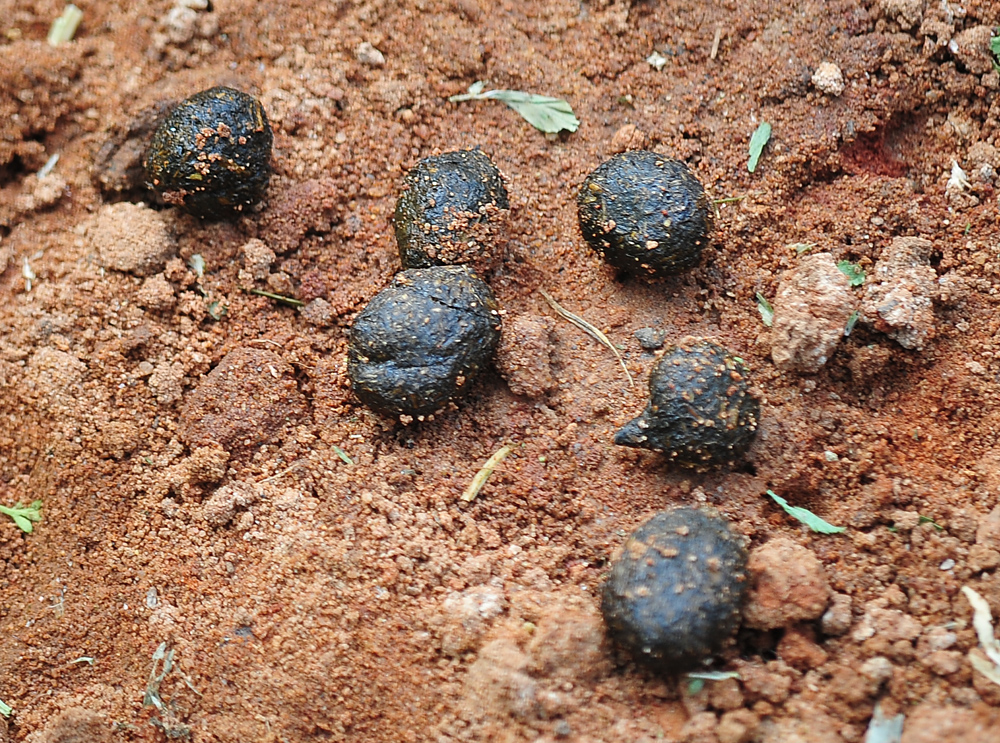
Photo: Featherdale Wildlife Park, Sydney NSW. Higher Resolution 2624 x 1749.

Photo: Featherdale Wildlife Park, Sydney NSW. Higher Resolution 2784 x 1848.
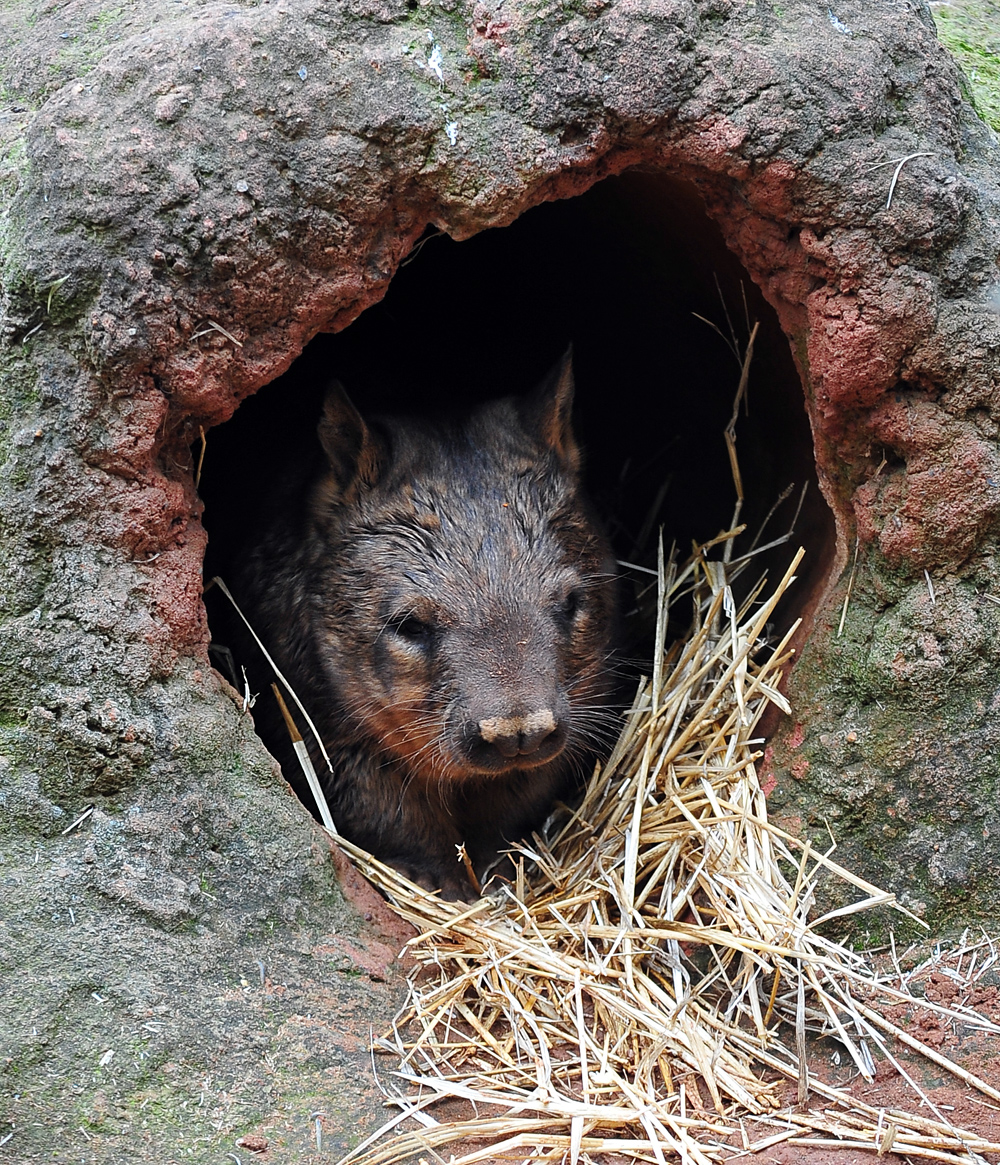
Photo: Featherdale Wildlife Park, Sydney NSW. Higher Resolution 1848 x 2784.

Photo: Featherdale Wildlife Park, Sydney NSW. Higher Resolution 2784 x 1848.
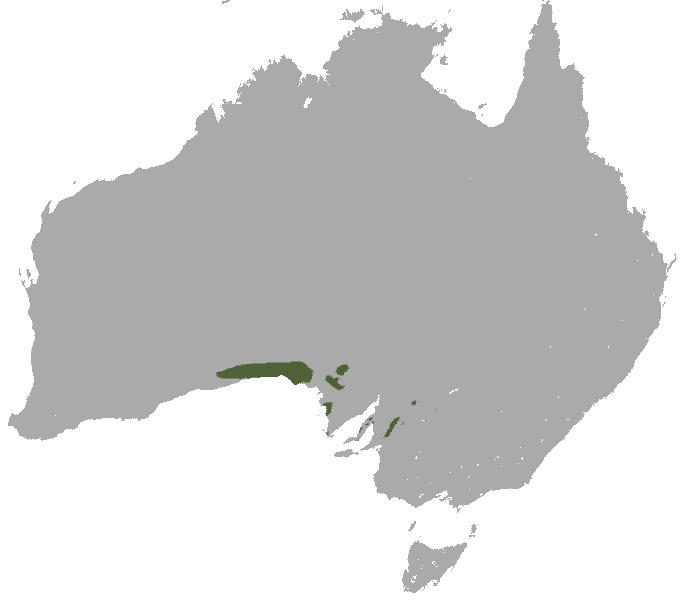
Distribution of Southern Hairy-nosed Wombat. Image by Chermundy at Wikipedia.
See Also
Australian Birds
Australian Reptiles
Australian Frogs
Australian Fish
Australian Spiders and Their Faces
Australian Wild Plant Foods
Return to Australian Mammals



